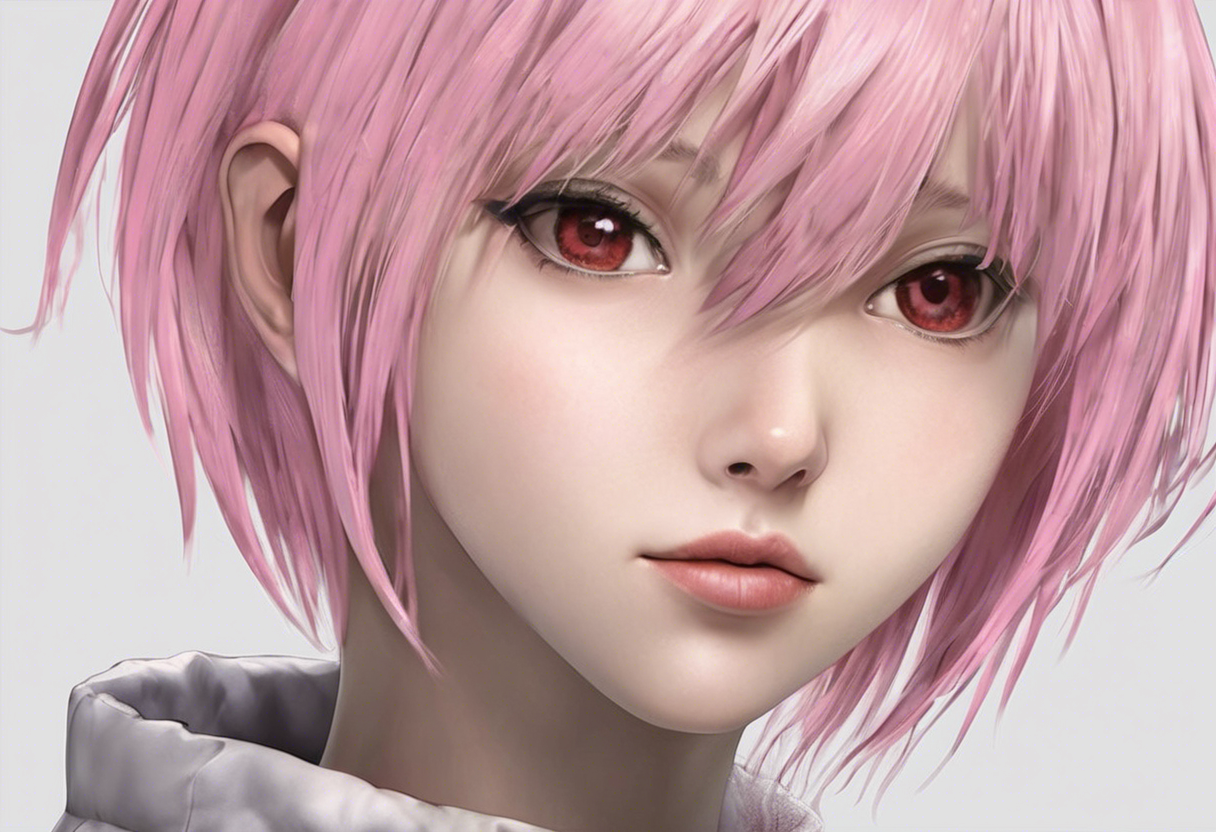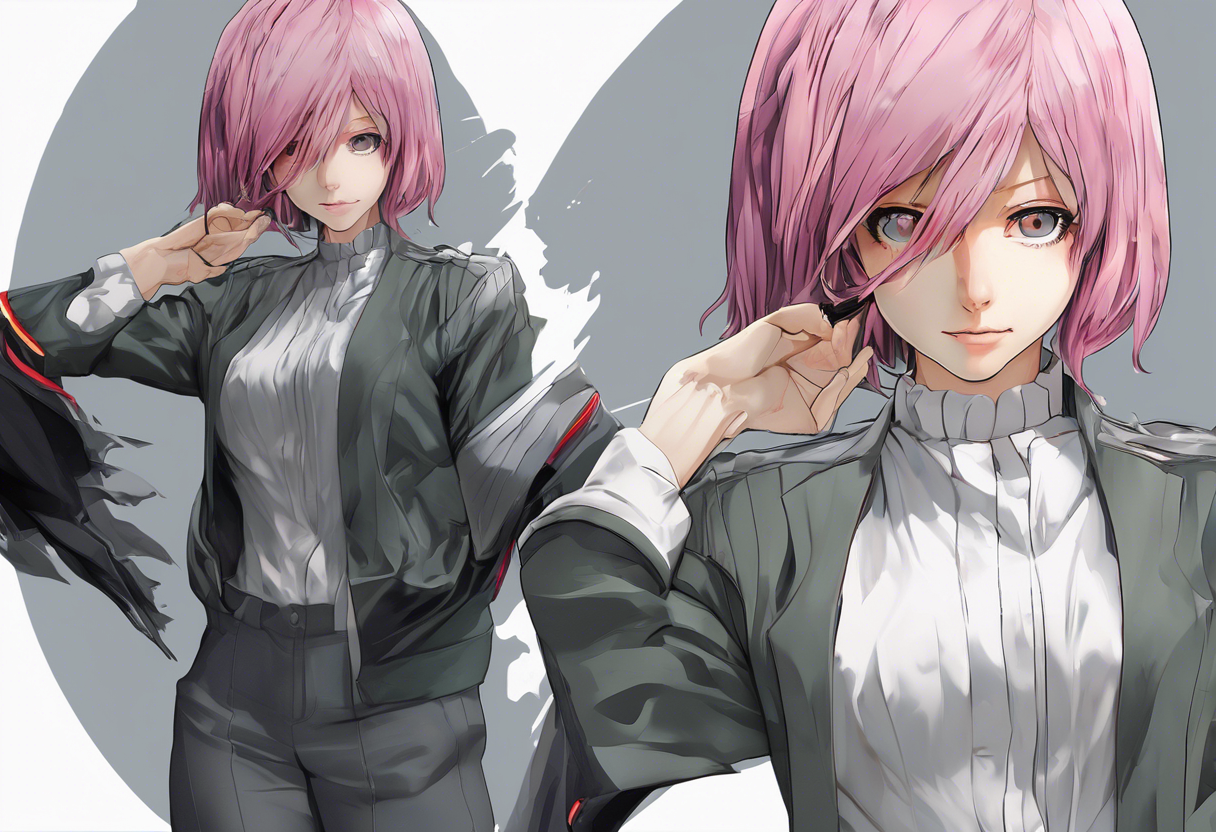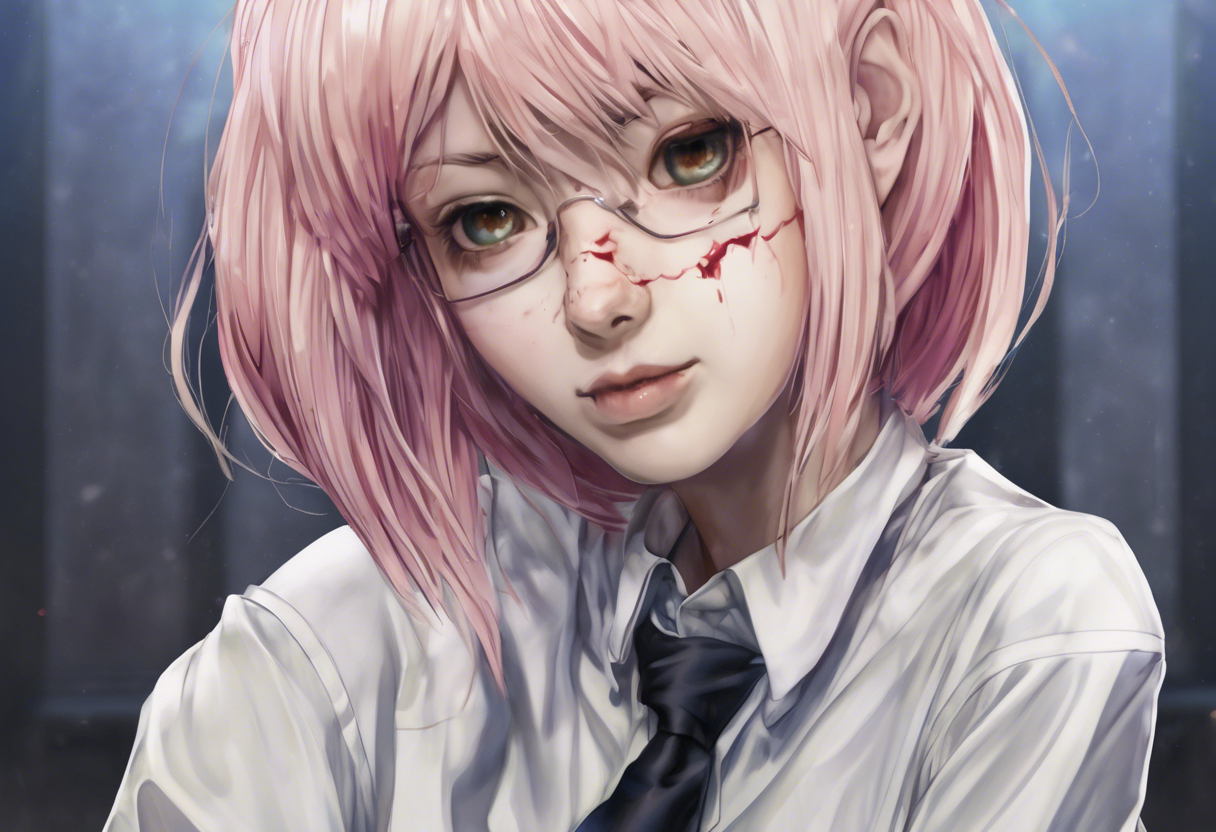Contents
Miza Kusakari: A Comprehensive Analysis of the Tokyo Ghoul Character
Introduction
Miza Kusakari, known by the alias "Three Blades" (三枚刃, Sanmaiba), is a significant character in the dark fantasy manga and anime series Tokyo Ghoul:re. Created by Sui Ishida, Miza is a ghoul and a former executive of the Aogiri Tree organization, one of the most powerful and feared ghoul groups in the series. Her background and defining attributes make her a compelling and complex character, contributing substantially to the narrative depth of Tokyo Ghoul.
Miza’s creation reflects Ishida’s exploration of the duality between ghouls and humans, as well as the internal conflicts within the ghoul community. Her character is rooted in the themes of leadership, loyalty, and the struggle for power and identity. The alias "Three Blades" refers to the unique shape of her kagune, the predatory organ that ghouls use to hunt and defend themselves, which sets her apart from other characters in the series[1][3].
Role in the Story
Miza Kusakari plays a pivotal role in the story of Tokyo Ghoul:re, particularly in the later arcs of the series. Initially introduced as a minor antagonist, she later transitions into a supporting protagonist, showcasing her complex and multifaceted nature. As the leader of the 18th ward and the Blades gang, Miza is depicted as a reasonable and serious individual who works to temper the more irrational members of her group, such as Naki[2][3].
Her evolution is marked by significant choices that impact the plot. Miza’s leadership and strategic thinking are crucial during the conflicts between the Aogiri Tree and the Commission of Counter Ghoul (CCG). Her interactions with other characters, such as Naki and the members of the Quinx Squad, highlight her ability to balance her own ambitions with a sense of responsibility and loyalty[2][3].
Miza’s involvement in major plot developments includes her participation in key battles and her role in the power dynamics within the Aogiri Tree. Her character adds depth to the narrative by exploring the internal struggles of the ghoul community and the moral ambiguities faced by its leaders[1][3].
Character Analysis
Miza Kusakari’s personality is characterized by her reasonableness, seriousness, and distinctive appearance. She is of short stature with a unique hairstyle, featuring a high top-knot and pieces framing her face, and is often seen wearing the long robes typical of Aogiri Tree members[3].
Her motivations are driven by a desire to protect her allies and maintain order within the ghoul community. Miza’s strengths include her strategic thinking and leadership abilities, which make her a respected figure among her peers. However, her weaknesses lie in her sometimes rigid adherence to her principles, which can lead to conflicts with more impulsive characters[2][3].
Miza’s personal growth is evident as she navigates the complexities of her role within the Aogiri Tree and her relationships with other characters. Her character enhances the depth of the story by providing a nuanced perspective on the ghoul community, highlighting the complexities and moral dilemmas faced by its members[1][3].
Themes and Symbolism
Miza Kusakari is closely associated with several themes that are central to the Tokyo Ghoul series. One of the primary themes is the struggle for power and identity within the ghoul community. Her character symbolizes the internal conflicts and the quest for leadership and recognition among ghouls[1][3].
Another significant theme is the concept of loyalty and responsibility. Miza’s actions are often guided by her sense of duty to her allies and her community, reflecting the broader message of the series about the importance of relationships and the consequences of one’s actions[2][3].
The symbolism of her kagune, known as "Three Blades," also adds to the thematic depth of her character. The unique shape of her kagune represents her distinct identity and her role as a leader, underscoring the idea that each character in the series has a unique contribution to the narrative[1][3].
Cultural Impact
Miza Kusakari has a notable cultural impact within the Tokyo Ghoul fandom. Her character is well-received by fans for her complexity and the depth she brings to the story. She appears in various forms of related media, including anime adaptations, manga chapters, and merchandise such as figurines and artwork[2][3].
Her influence extends to other characters in the series, as her leadership and strategic thinking serve as a model for other ghoul characters navigating their own roles within the community. Miza’s character also resonates with fans who appreciate strong, intelligent, and morally complex female characters in anime[1][3].
Critical Reception
Miza Kusakari has received positive critical reception for her role in the Tokyo Ghoul series. Critics and viewers alike appreciate her nuanced character development and the depth she adds to the narrative. Her transition from a minor antagonist to a supporting protagonist is particularly praised for its complexity and realism[1][3].
However, some critics note that her character could be further developed, especially in terms of her backstory and personal relationships outside of her role within the Aogiri Tree. Despite this, Miza remains a beloved character among fans and critics for her unique personality and significant contributions to the plot[2][3].
Legacy
Miza Kusakari’s legacy in the Tokyo Ghoul series is significant. She contributes to the evolution of character archetypes in anime by representing a strong, intelligent, and morally complex female leader. Her character challenges traditional notions of leadership and power, adding depth to the narrative and enriching the thematic landscape of the series[1][3].
Her influence extends beyond the Tokyo Ghoul franchise, as her character archetype has inspired similar characters in other anime and manga series. Miza Kusakari’s lasting impact on anime discourse lies in her portrayal of a complex and multifaceted character, highlighting the importance of nuanced character development in storytelling[2][3].
References
- https://villains.fandom.com/wiki/Miza_Kusakari
- https://tokyoghoul.fandom.com/wiki/Miza_Kusakari
- https://mywaifulist.moe/waifu/miza-kuzakari-tokyo-ghoul
- https://www.personality-database.com/profile/592557/miza-kusakari-tokyo-ghoul-mbti-personality-type
- https://en.wikipedia.org/wiki/List_of_Tokyo_Ghoul_characters







